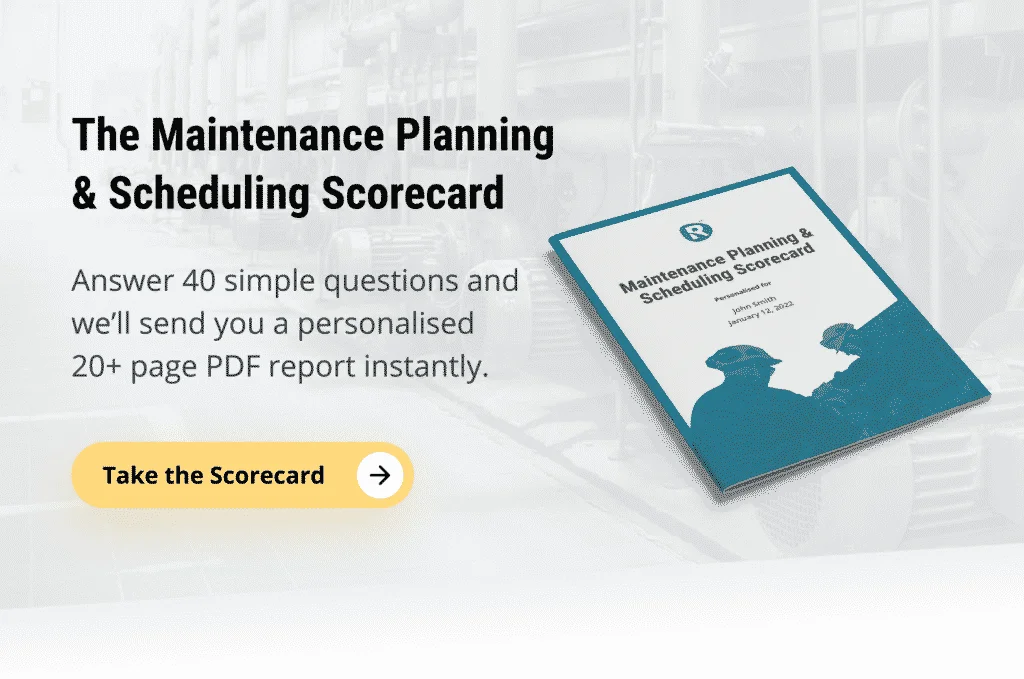The One KPI Every Maintenance Planner Should Be Using
Maintenance KPIs are performance measures that guide your organisation towards achieving your maintenance objectives. But with the many KPIs that we have in the industry, it might get confusing. That’s why you need to focus on the most important ones.
For a maintenance planner, the best indicator you have for measuring your planning quality and planning performance is the feedback that you get from your technicians. This is where you need to put most of your attention and effort.
You need to make sure you have an effective feedback loop from your technicians. When your crew executes jobs, feedback should be promptly provided on the completeness and accuracy of the job plans.
Feedback is valuable information that the maintenance planner can use to make important decisions and improve their planning. Unlike other KPIs, feedback gives the personal account of people who actually use your job plans.

Normally, KPIs are quantifiable values. However, feedback is a qualitative measure that is analysed subjectively. That’s why if you’re feedback loop is working relatively well… and you really want a quantitative measure, then a good performance metric to focus on is estimating accuracy.
There are two ways of calculating estimating accuracy.
The first focuses on estimating accuracy based on hours. It’s a simple metric that measures actual hours spent versus hours planned, across all work orders in a certain timeframe, typically per week.
This measure is best expressed as a percentage variation.

For example, say you spend 12 hours on a 10-hour job. Your estimating accuracy for that job is +20%. On the other hand, if you spend 8 hours on that same job, then the estimating accuracy will be -20% .
Based on my experience, most organizations that start measuring estimating accuracy usually start with estimating accuracies of around 30 or 40%… sometimes a lot worse.
But with some focus and a good amount of effort, you should be able to reduce this to about 15% within a reasonable timeframe.
The second focuses on estimating accuracy based on costs. This means you compare jobs on actual cost versus planned cost. And again, you do this over a certain period of time.
This metric does not really link back to your schedule compliance in my view, so I would recommend you look at this less frequently. So the best timeframe for this is not weekly, but monthly.
Estimating accuracy in terms of cost is calculated in pretty much the exact same way as we calculate estimating accuracy based on hours. So I’m not going to go into the details of how to do that because that’s just a lot of repetition.
Using estimating accuracy based on cost is a very useful metric to determine how accurate your job plans are in terms of external labor and the amount of parts and materials that are required to do these jobs.
If you want to learn how to measure and interpret these KPIs so you can improve your planning performance, you can check out our online course on Maintenance Planning and Scheduling where we discuss this in more detail.
